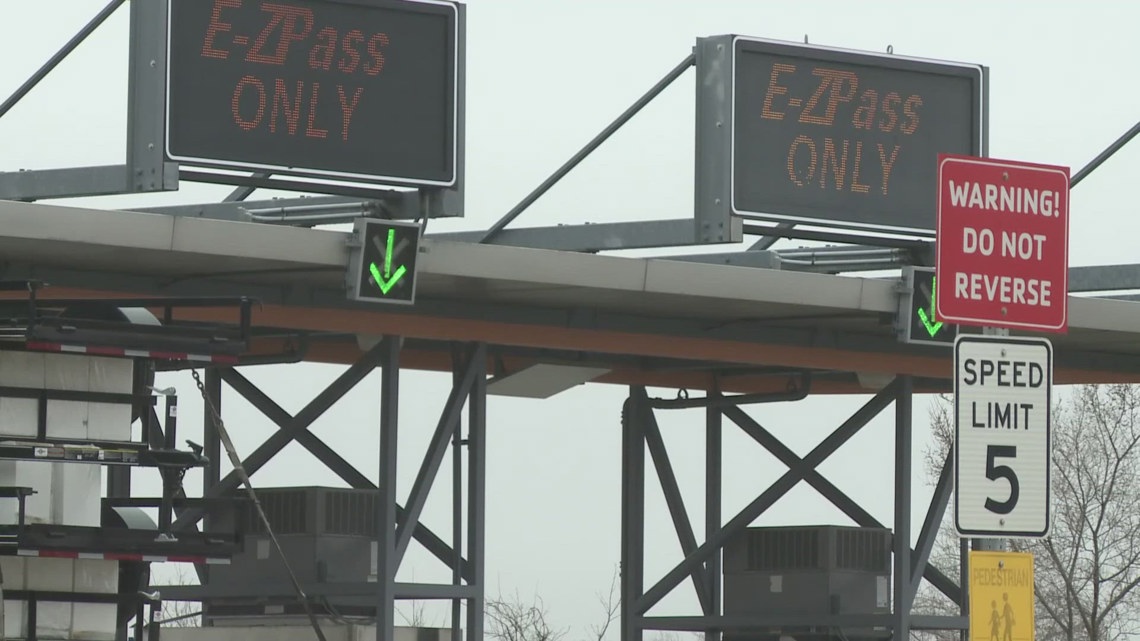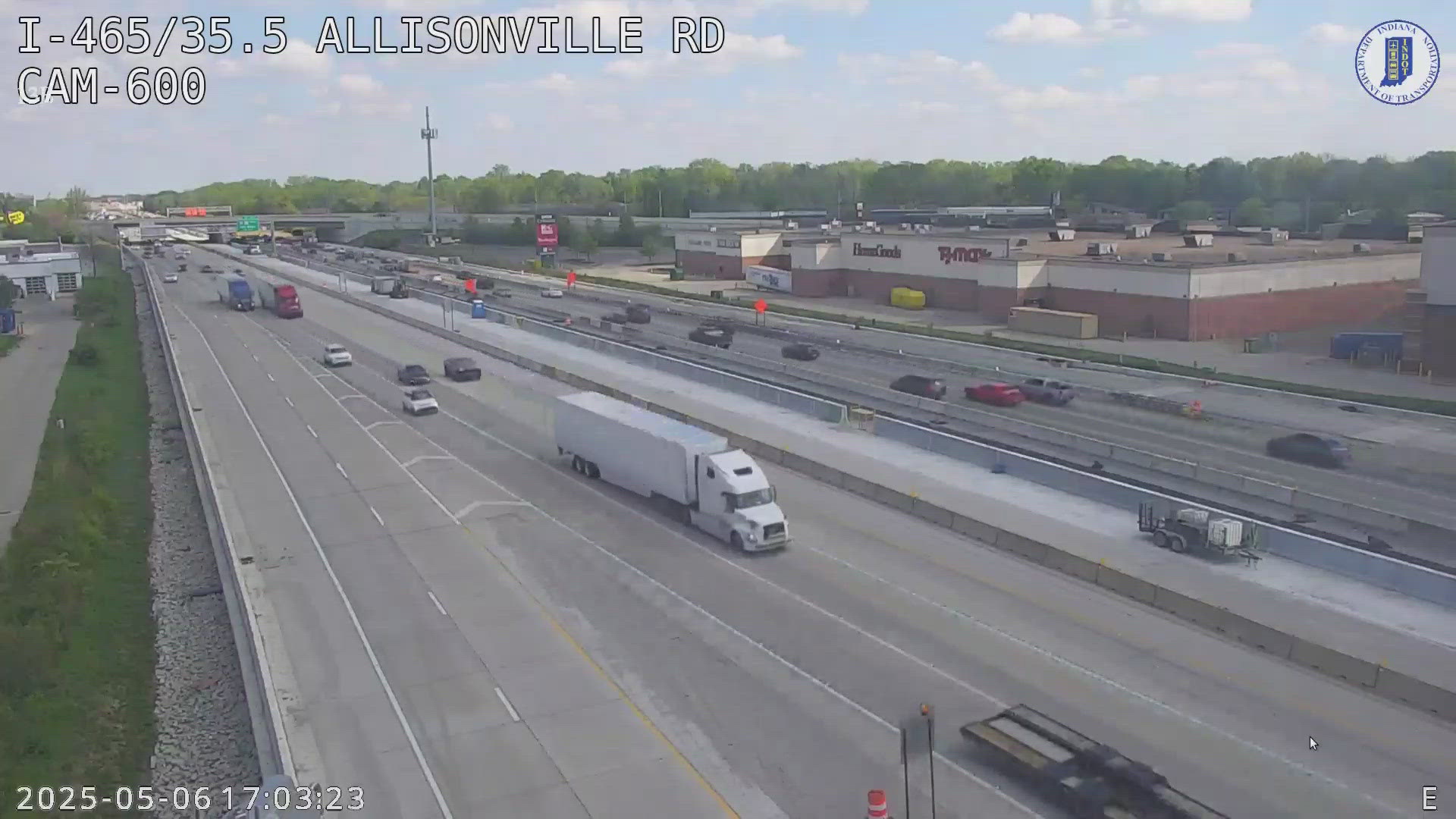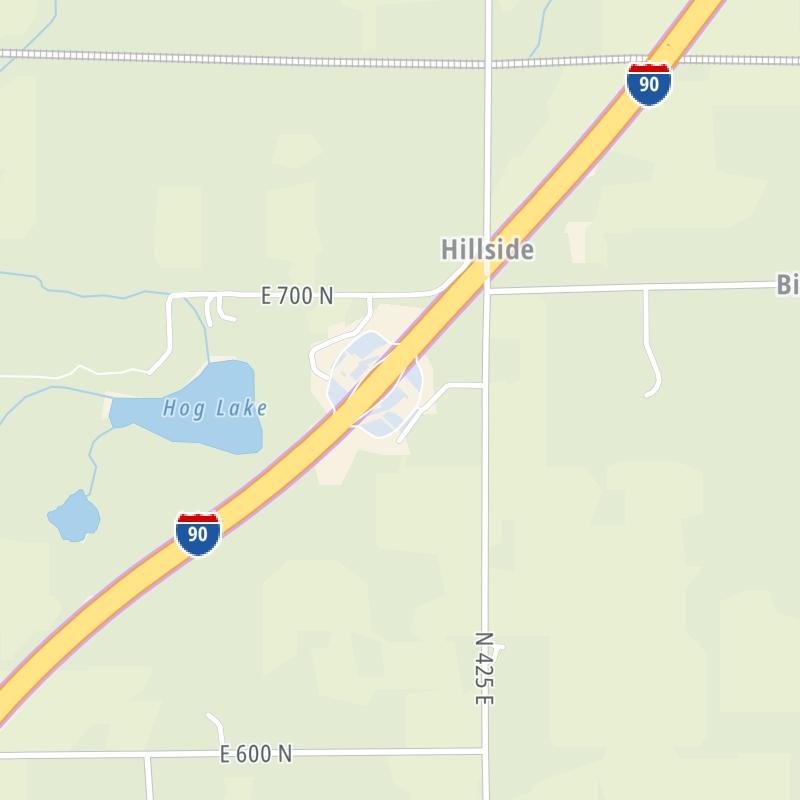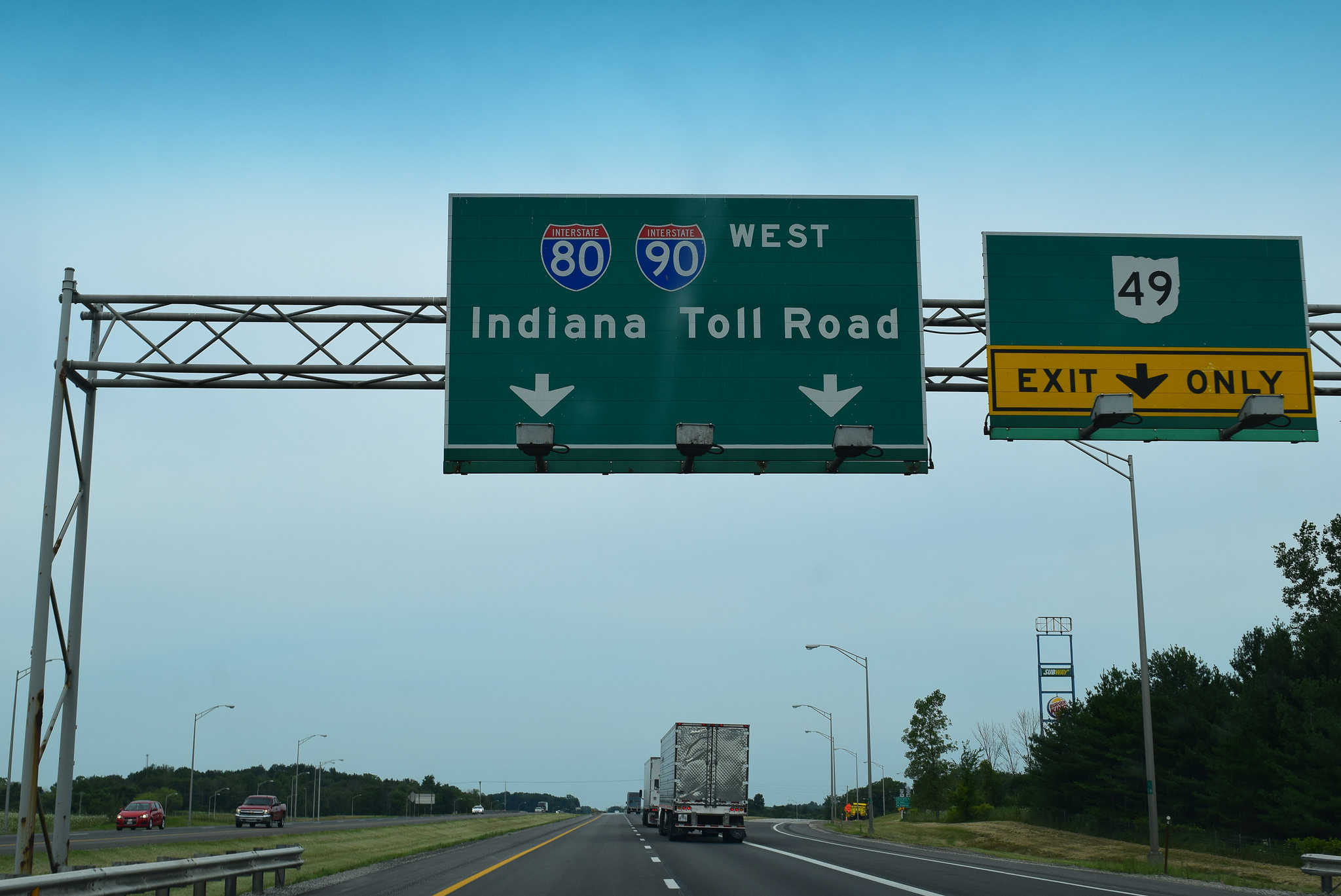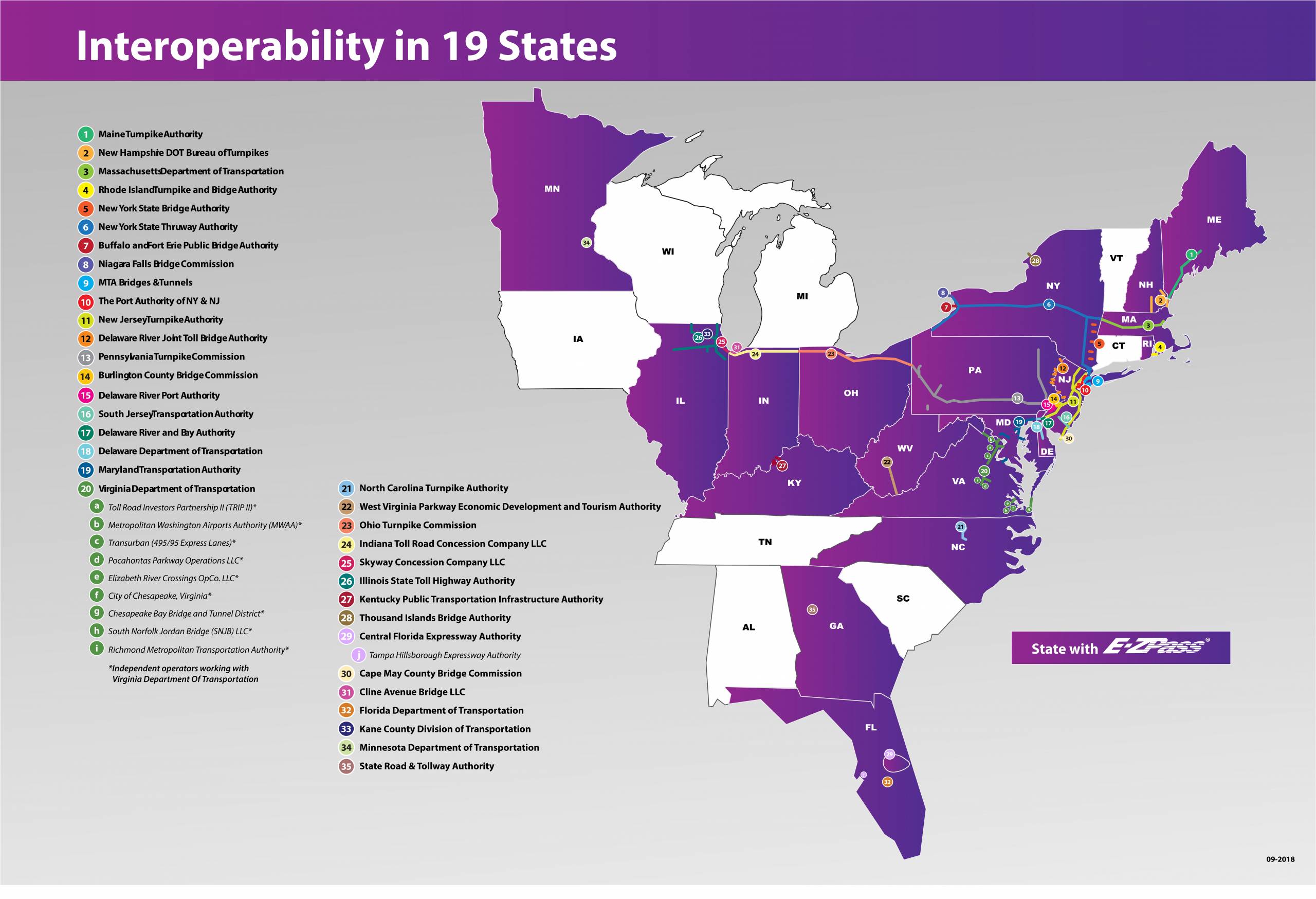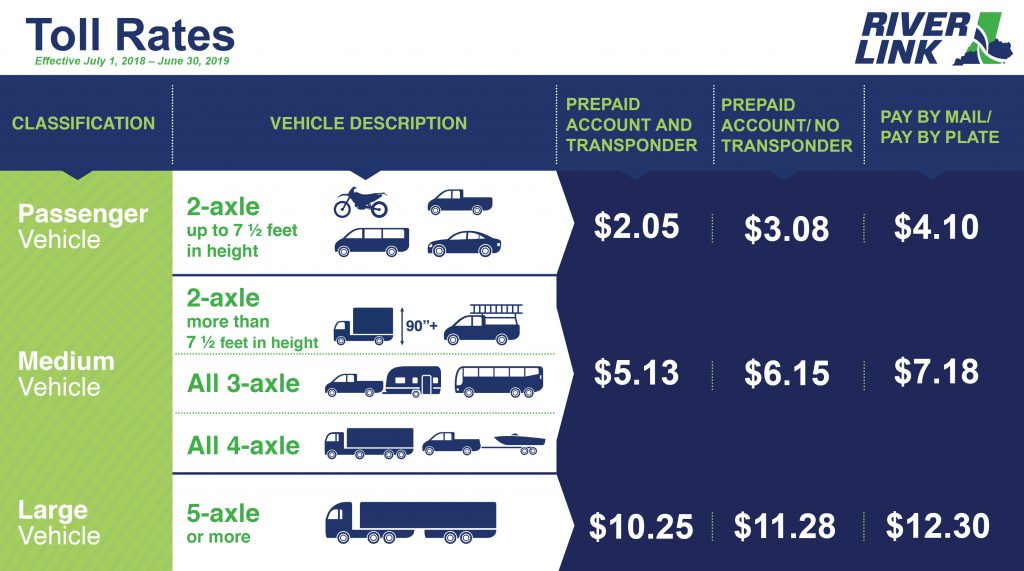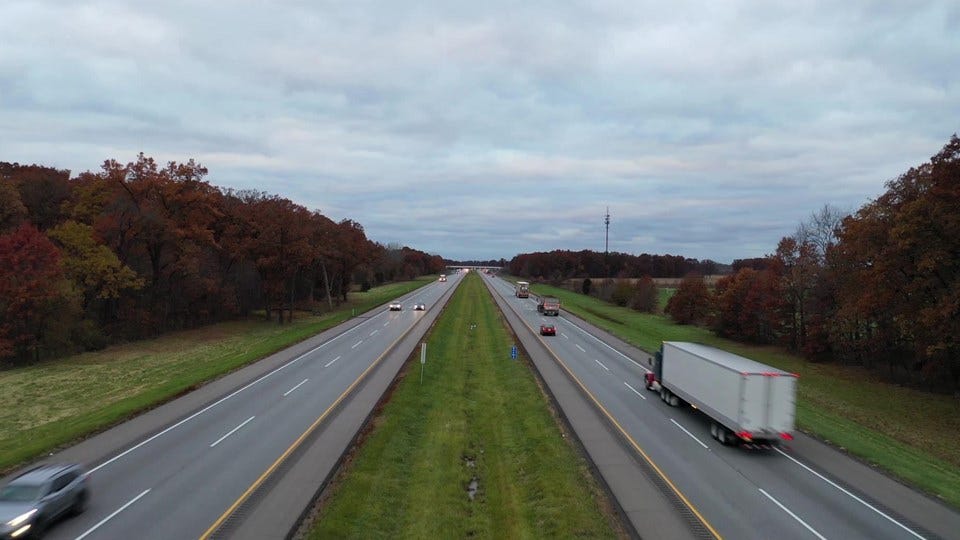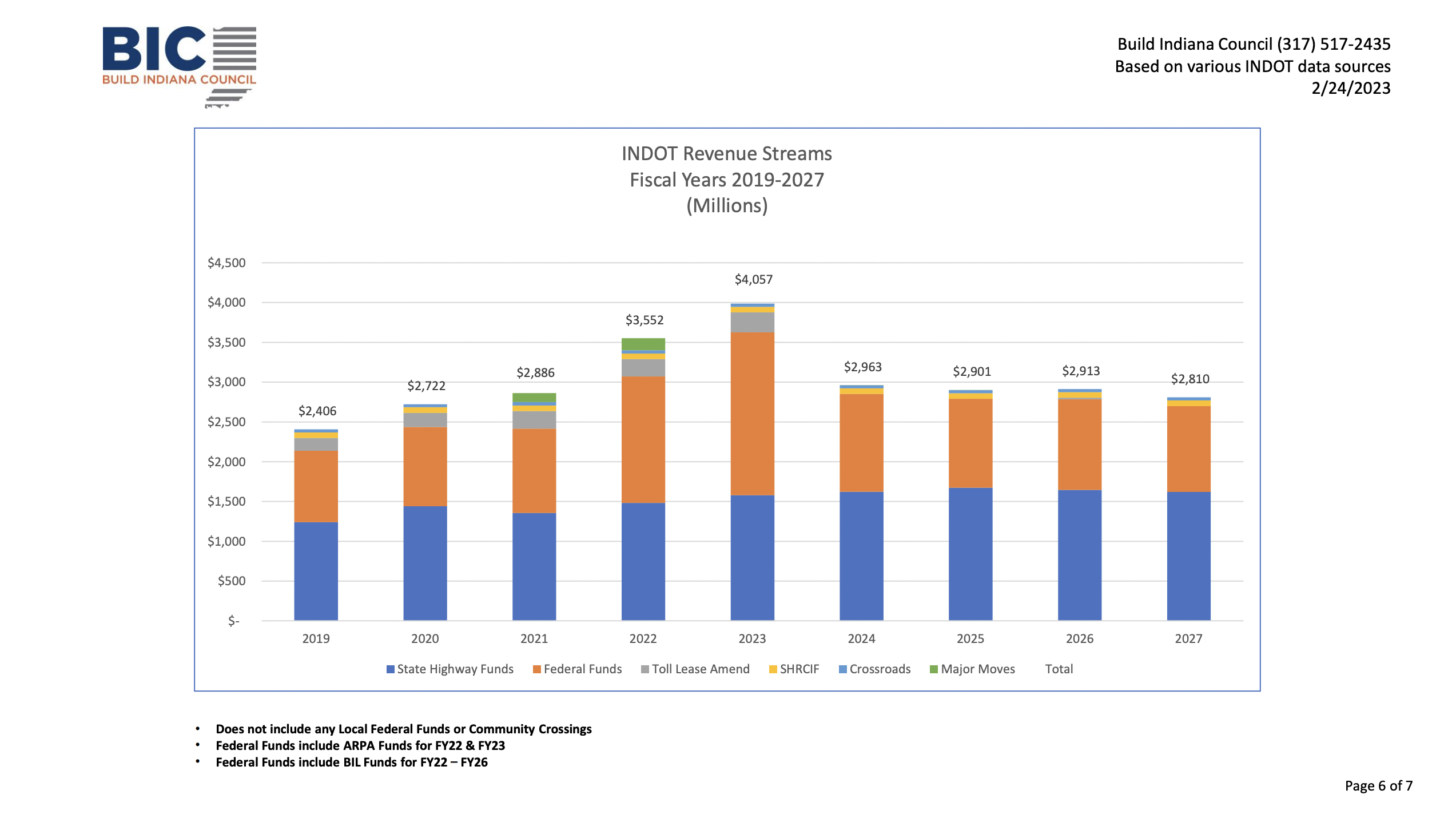How Much Are The Tolls In Indiana

Indiana drivers are feeling the pinch. Toll roads, once a relatively minor expense, have become a significant budgetary consideration for many, particularly those who rely on these routes for daily commutes or business travel. The rising costs are sparking debate about the fairness, necessity, and economic impact of Indiana's tolling system.
This article delves into the complex world of Indiana's toll roads, dissecting the current toll rates, examining the factors driving these costs, and exploring the potential consequences for Hoosiers and the state's economy. Understanding the nuances of Indiana's tolling system is crucial for drivers, policymakers, and anyone concerned about the state's infrastructure and economic future. This includes looking at the Indiana Toll Road (ITR) and other tolled bridges and highways within the state.
Current Toll Rates on the Indiana Toll Road
The most prominent toll road in Indiana is the Indiana Toll Road (I-80/I-90), a 157-mile stretch spanning the northern part of the state. Toll rates on the ITR vary based on several factors, including vehicle class (number of axles), distance traveled, and payment method.
Cash tolls are generally the most expensive option. Using an E-ZPass or other electronic toll collection system offers a discounted rate.
As of late 2024, a passenger vehicle traveling the entire length of the Indiana Toll Road can expect to pay around $15 - $20 with E-ZPass, and substantially more with cash. Rates are subject to change and are typically reviewed and adjusted periodically by the Indiana Toll Road Concession Company, the private entity that operates the road under a long-term lease agreement with the state.
Toll Rate Variation by Vehicle Class
Commercial vehicles and large trucks face significantly higher toll rates than passenger cars. This is due to their greater impact on road wear and tear.
The toll structure is tiered, with rates increasing exponentially with each additional axle. For example, a five-axle tractor-trailer traversing the entire toll road could incur a toll exceeding $75, depending on the payment method.
These high tolls add significantly to the cost of transporting goods across Indiana, potentially impacting prices for consumers and the competitiveness of Indiana businesses.
Other Tolled Facilities in Indiana
Beyond the Indiana Toll Road, Indiana also has several tolled bridges and smaller highway segments. These facilities are often managed by different entities and have their own unique toll structures.
The East End Crossing bridge connecting Indiana and Kentucky, for example, utilizes all-electronic tolling, meaning there are no cash booths.
Drivers are required to have an E-ZPass or be billed by mail based on their license plate. The rates on these facilities are typically lower than those on the Indiana Toll Road but can still add up for frequent users.
Factors Influencing Toll Rates
Several factors contribute to the high cost of tolls in Indiana. Understanding these drivers is essential for evaluating the fairness and sustainability of the tolling system.
One key factor is the Indiana Toll Road's privatization. The Indiana Toll Road Concession Company, a private entity, operates the road under a long-term lease agreement with the state.
This company is responsible for maintaining and improving the road, but also needs to generate a profit for its investors. This profit motive can lead to higher toll rates than might be seen on a publicly owned toll road.
Another significant factor is the cost of infrastructure maintenance and improvements. Roads and bridges require constant upkeep, and these costs are often passed on to drivers through tolls.
Inflation and rising construction costs can also contribute to toll increases. Finally, traffic volume and demand play a role. Higher traffic volumes may justify higher tolls, while lower volumes may necessitate rate increases to maintain revenue.
Impact on Drivers and the Economy
The high cost of tolls in Indiana has a significant impact on both individual drivers and the state's economy. For commuters, tolls can represent a substantial portion of their transportation expenses.
This can be particularly burdensome for low-income individuals who rely on toll roads to get to work. For businesses, tolls add to the cost of transporting goods and services.
This can make Indiana less competitive compared to states with lower transportation costs. Some argue that high tolls discourage economic development and make it more difficult for businesses to attract and retain employees.
"The rising cost of tolls is a major concern for our members," said John Smith, president of the Indiana Motor Truck Association, in a recent statement. "It's making it increasingly difficult for trucking companies to operate profitably in Indiana."
Potential Solutions and Future Outlook
The debate over Indiana's toll roads is likely to continue, with various stakeholders advocating for different solutions. Some propose greater government oversight of the Indiana Toll Road Concession Company to ensure that toll rates are fair and reasonable.
Others suggest exploring alternative funding mechanisms for infrastructure maintenance, such as increased gasoline taxes or vehicle registration fees. Technology may also play a role in the future of tolling.
For example, variable tolling, where rates fluctuate based on traffic volume, could help to manage congestion and maximize revenue. Ultimately, finding a sustainable and equitable solution to Indiana's toll road challenge will require a collaborative effort between policymakers, industry stakeholders, and the public.

